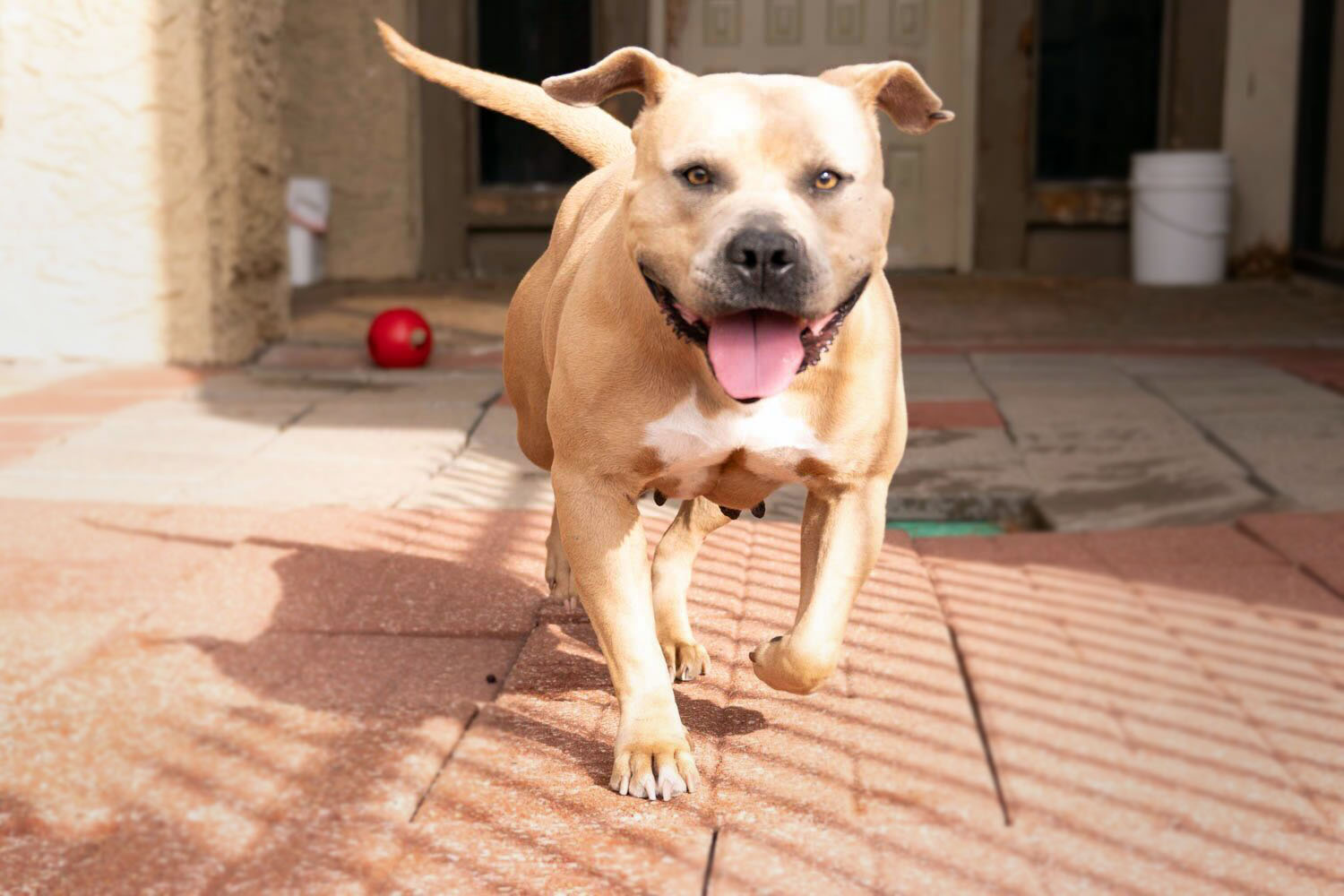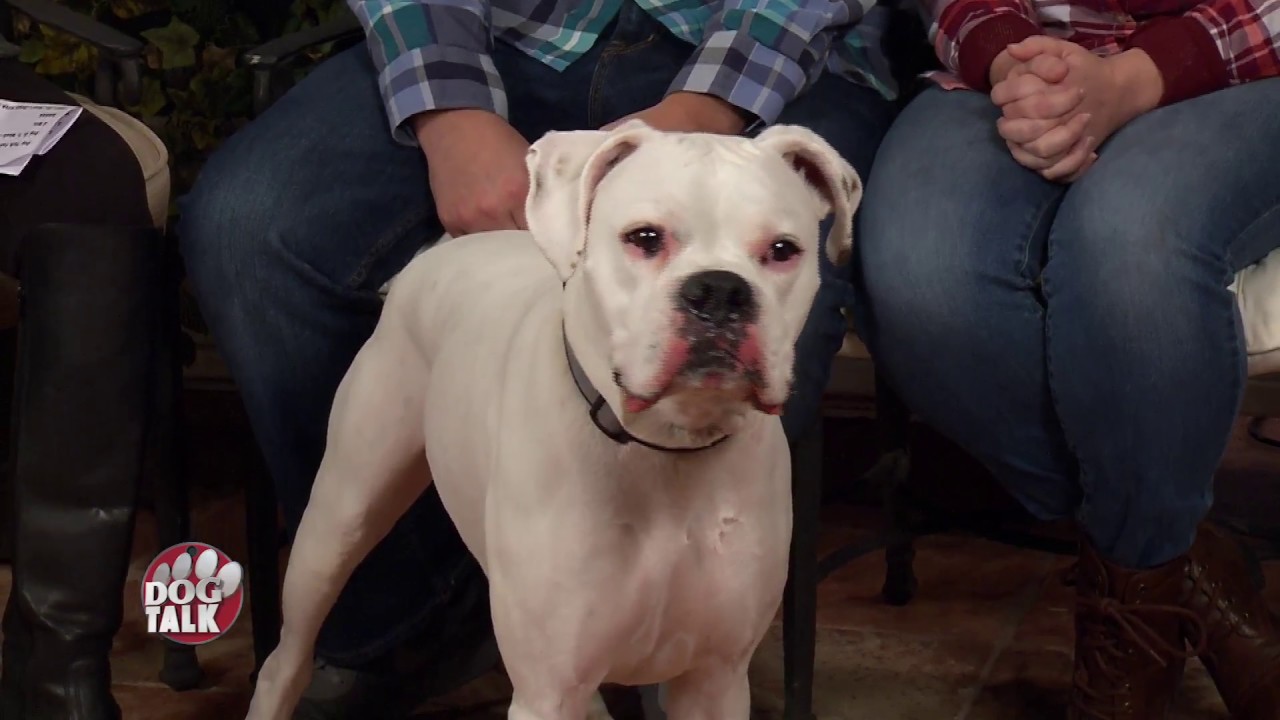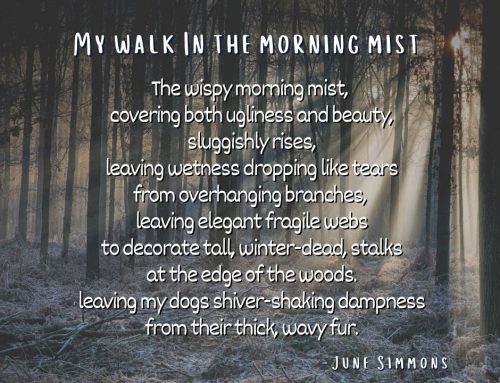BY NICOLE MCBRIDE #1083
“I have a 15 week old rottie puppy for you to foster!” was the text I received from the intake coordinator of the rescue where I volunteer. Having a Rottweiler and a Chesapeake Bay Retriever, the big joke in our rescue is that if the pup is black and tan or brown, I’ll take it. We NEVER get rottie puppies though, so long ago I claimed the next one! And it was finally coming!
“But there is one catch….” she continued. Oh, that can’t be good. “He has narcolepsy.” Um, what? In 23 years of being a trainer and working with thousands of dogs, I had never heard of this before. I guess I never really thought about dogs having narcolepsy but why couldn’t they have it? She went on to explain that someone had purchased him from a breeder as a purebred (he is not purebred) and that they soon discovered he had narcolepsy. Thinking they wouldn’t be able to care for him, they contacted a local rescue to where they live in the south and surrendered him. The rescue, not completely sure what care would entail or if it really some was something neurologically worse, considered euthanizing him but reached out to their rescue partners and we were one of them. Our intake coordinator knew our rescue would be able to give him whatever medical tests and care he needed and knew that I wouldn’t even blink about taking him. She was right and we scheduled his transport for the following week. He arrived and had a rough first few days. He had episodes numbering ten or more per hour and lasting be- tween 15 seconds and two minutes. Every time he tried to drink he would pass out. It was winter, and we had snow and every attempt to play in it resulted in a pass out. He tried to play and passed out. Some episodes were not just narcoleptic but cataplexic as well. Cataplexic looks like narcolepsy in terms of dropping to the ground and not being able to move, but his eyes are open and he is aware of what is going on around him. Many people have asked how a dog can have narcolepsy, so I wanted to explain what I have read/been told by the leading canine narcolepsy research team and try to formulate that into a completely uneducated layman explanation. Apparently, they estimate 1 in one million dogs is affected with this which means
there are most likely only 70 dogs in the United States affected with narcolepsy.
People with narcolepsy largely have a deficiency of hypocretin, a neurotransmitter in the hypothalamus that is connected to serotonin, dopamine and norepinephrine. Hypocretin helps to sustain alertness. So elevated moods, mainly anger and happiness, most likely have a connection to narcoleptic and cataplexic episodes based on the chemical function of these. So Basically, the brain regions that help control emotional response unite with the same regions that regulate paralysis.
When a heightened emotional response occurs and it can’t regulate hypocretin, it throws paralysis neurons out of whack and triggers an episode. Kind of like a misfire in the wrong direction. By the way, I hate the word “episode” but haven’t come up with something better to describe them in general terms.
This makes sense because most of Dozer’s episodes are triggered by extreme happiness; what we have now dubbed “Toy Joy.” When we give him a new toy or he is playing with a toy he especially loves, give him a special treat like French fries or food that he doesn’t have often, he will have an episode. It used to happen when drinking water but that has subsided. It occasionally will happen with his regular meal but it will also happen when he is particularly happy in being outside or eating snow. Luckily it doesn’t happen in fearful situations and he never gets angry, so we haven’t seen it triggered by that. Interestingly, they have determined that there are two major reasons why narcolepsy with cataplexy occur: genetic and immune response. We have already done the DNA testing to show his isn’t genetic, so the immune theory is more likely. Research shows that it can begin when an infection of some sort triggers an autoimmune response to something at a vulnerable age. Both would make sense as young pups are susceptible to many things and rotties
are known to have autoimmune disorders; my other rottie, Barrett, has one called Symmetrical Lupoid Onychodystrophy. When Dozer first arrived, and was having so many episodes per hour, I originally thought it was from the stress of raveling from the south to PA. I realize now that we should have been flattered as his seems to be triggered by extreme happiness. And looking back the root cause could be vaccines; the original owner didn’t see them until he had his first vaccines and he had also received a vaccine the day he arrived.
I did as much research as I could and found a recommended food for narcoleptics and compared it to the dog food I feed and oddly, everything they recommended in terms of ingredients and values matched the dog food. Once he was fully switched over to the food and his puppy vaccines finished, his episodes have decreased. I mention the vaccines because Barrett’s autoimmune disorder surfaced right after he received a vaccine that he had not received before, which is also one that was included in Dozer’s puppy shots. Dozer is not on any medication; homeopathic, holistic or traditional and he is maintaining at 2-3 episodes per day. The more he gets used to something, the less episodes happen. For example, he has had enough French fries that more often than not, they don’t trigger him anymore. He is now ten months old and I have learned a few things along the way. He needs a raised feeder for water as he loves water so much that sometimes it still causes an episode; raised feeders prevent him from passing out with his face in a bowl and possibly “drowning.” The raised bowl, at worst, will just tip over and spill if he passes out in it.
He can’t be in wire/metal crates unattended. The first night I had him he was playing with a toy in the middle of the night and passed out, but his tooth got caught in between the bars. When he woke up he was stuck and started screaming. Note to self: a screaming, panicking puppy in the middle of the night is probably similar to what Jodi Foster’s character experiences as a child in “Silence of the Lambs.” Next, he can’t have any free access to stairs just in case he passes out going up or down. And a harness with a handle is necessary if he passes out in the middle of crossing the street. Harness handles make it so much easier to pick up a 70-pound puppy who is completely limp.
And lastly, training sessions can just go a little slower and take a little longer. The joy of accomplishing something and/or getting a new yummy reward is enough sometimes to trigger him.
We didn’t intend on adopting him, but we soon realized how amazing he is, in every way, and how much we all loved him, including the dogs. When he passes out while playing, the dogs just lay down or sit and wait for him to wake up so they can continue. He attends most of my training classes and my clients are disappointed if I don’t bring him. He has never met a dog, child or adult he didn’t like and serves as quite the ambassador for dogs with disabilities. We even started a Facebook page for him because so many people wanted to follow his journey:







Leave A Comment